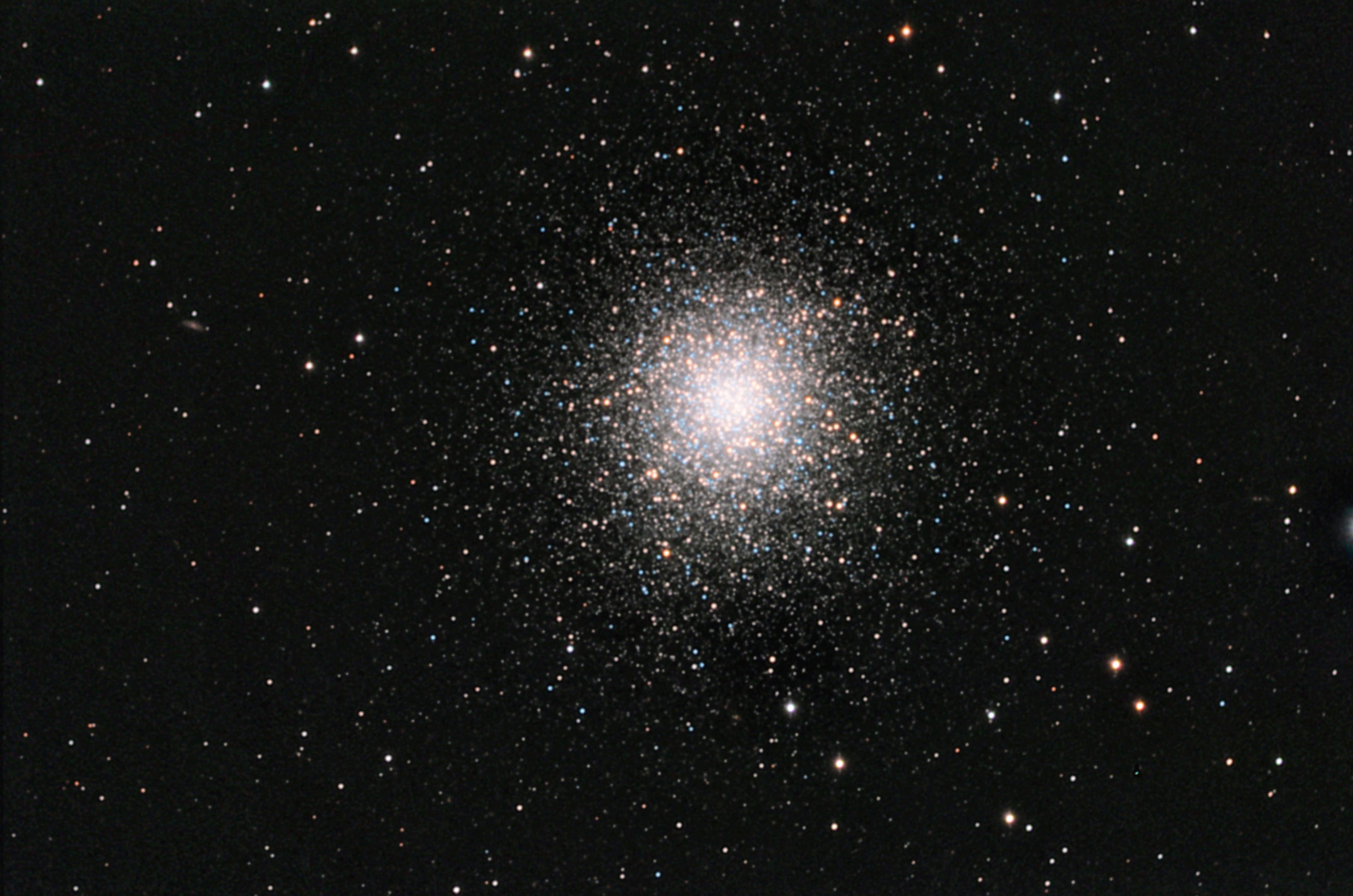News
Chandra's find of lonely halo raises questions about dark matter

Dark matter continues to confound astronomers as NASA's Chandra X-ray Observatory demonstrated with the detection of an extensive envelope of dark matter around an isolated elliptical galaxy. This discovery conflicts with optical data suggesting a lack of dark matter around similar galaxies, and raises questions about how galaxies acquire and keep such dark matter halos...
First Close Encounter of Saturn's Hazy Moon Titan

Long hidden behind a thick veil of haze, Titan, the only known moon with an atmosphere, is ready for its close-up on Oct. 26, 2004. This visit by the Cassini spacecraft may settle intense speculation about whether this moon of Saturn harbors oceans of liquid methane and ethane beneath its coat of clouds.
NASA Gravity Probe B mission enters science phase, ready to test Einstein's theory

Gravity Probe B, a NASA spacecraft to test two predictions of Albert Einstein's general theory of relativity has achieved a major milestone with the completion of the first phase of its mission and the transition into the science phase. The GP-B mission is now one step closer to shedding new light on the fundamental properties of our universe.
NASA's observatories may unravel 400-year old supernova mystery

Four hundred years ago, sky watchers, including the famous astronomer Johannes Kepler, best known as the discoverer of the laws of planetary motion, were startled by the sudden appearance of a "new star" in the western sky, rivaling the brilliance of the nearby planets. Modern astronomers, using NASA's three orbiting Great Observatories, are unraveling the mysteries of the expanding remains of Kepler's supernova, the last such object seen to explode in our Milky Way galaxy.
NASA Selects Contractor for First Prometheus Mission to Jupiter

NASA's Jet Propulsion Laboratory (JPL), Pasadena, Calif., selected Northrop Grumman Space Technology, Redondo Beach, Calif., as the contractor for co-designing the proposed Prometheus Jupiter Icy Moons Orbiter (JIMO) spacecraft. The contract award is for approximately $400 million, covering work through mid-2008.
Cold Sugar in Space Provides Clue to the Molecular Origin of Life

Astronomers using the National Science Foundation's giant Robert C. Byrd Green Bank Telescope (GBT) have discovered a frigid reservoir of simple sugar molecules in a cloud of gas and dust some 26,000 light-years away, near the center of our Milky Way Galaxy. The discovery suggests how the molecular building blocks necessary for the creation of life could first form in interstellar space.
Funding Member
Sponsors
- Desert Sky Astro Products
- Waite Research
- ASTROPHOTOGRAPHY BY MARTIN PUGH
- BW
- SellTelescopes.com
- RemoteSkies.net
- AstroMart LLC
- Astromart Customer Service
- FocusKnobs
- Matsumoto Company
- Bob's Knobs
- astronomy-shoppe
- OMI OPTICS USA LLC
- Rouz Astro
- Anacortes Telescope
- BBLABS LLC
- APM-Telescopes
View all sponsors












